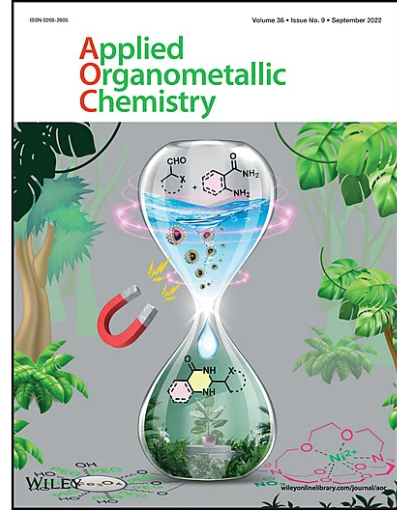Improvement of NO Selective Capture in Flue Gas by Structural Modification of Amine-Based Ni-AIP MOF
Abstract
In this paper, the NO adsorption performances of Ni-AIP MOF and Ni-AIP-BPY MOF synthesized by solvothermal method were compared, and the NO adsorption selectivity of two samples for the simulated flue gas conditions has also been studied. The results indicated that the Ni-AIP-BPY exhibited better NO adsorption performance with an NO adsorption capacity of 115.52 cc·g−1 at 100 kPa and ambient temperature and showed better adsorption selectivity with the highest adsorption selectivities of 937 and 10,691 for NO/CO2 and NO/O2, respectively. Adsorption enthalpy calculations showed that Ni-AIP-BPY had a strong interaction force on NO, XPS and in-situ NO-FTIR results also confirmed that a strong adsorption occurred on the Ni metal center, and the main adsorptive products after NO adsorption were nitrate and nitrite. The introduction of a second ligand into the saturated coordination amine-containing complexes can improve the pore structure and coordination state of the materials, so that the complexes can activate unsaturated metal sites, thus significantly improving their adsorption and separation performance for NO gas molecules in flue gas. The results provided a new idea and understanding for the synthesis of materials for selective separation of NO components in flue gas.


 求助内容:
求助内容: 应助结果提醒方式:
应助结果提醒方式:


